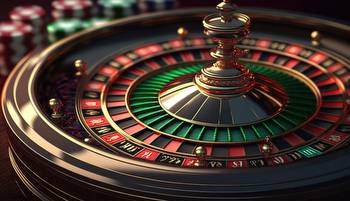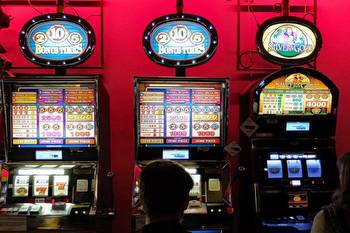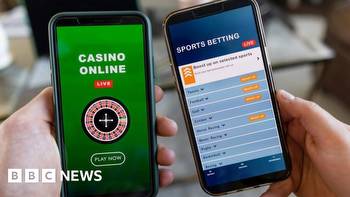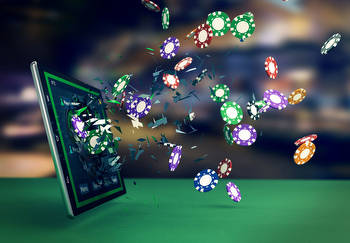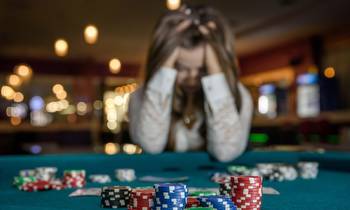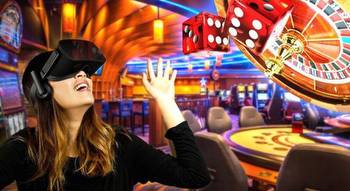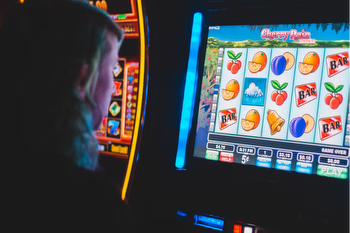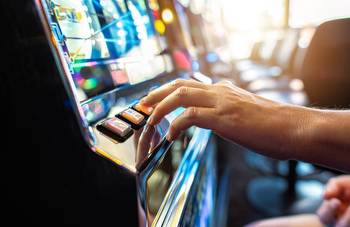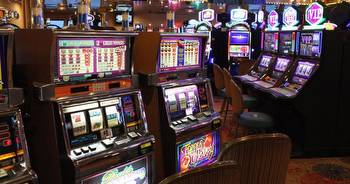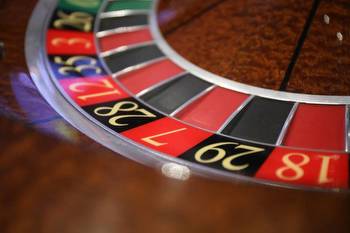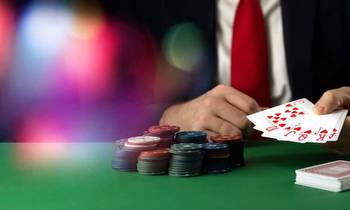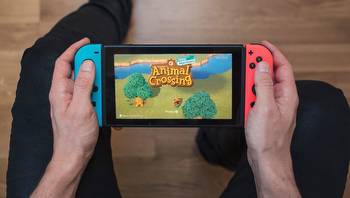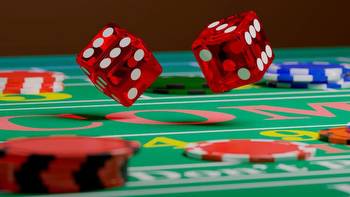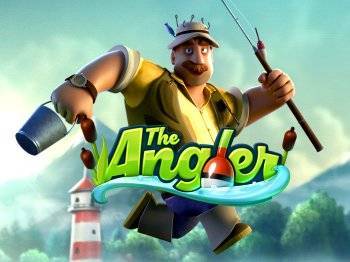Virtual Reality in the Treatment of Gambling Addiction
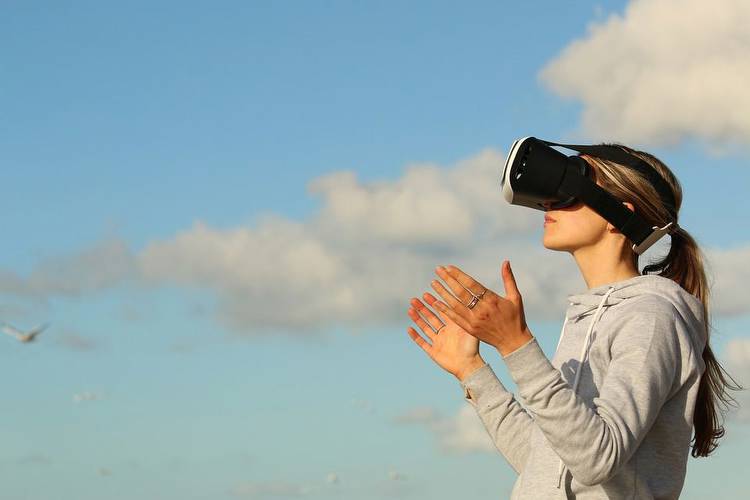
The word virtual came into existence in the mid-1400s, meaning something in effect, though not in fact. In modern terms, it refers to something nearly as described or an aspect of the physical world interpreted in software form. It took on the latter definition around 1959, stemming from an Antonin Artaud book published in 1938, where the phrase virtual reality first got used. The prototype VR device got built-in 1962, dubbed the Sensorama. Yet, it wasn’t until the mid-2010s that virtual reality technology went mainstream following the release of the Oculus Rift. From 2014 on, devices that could display high-end 3D graphics became super popular, getting applied in multiple fields.
Virtual reality tech has primarily found its niche in psychology as a form of exposure therapy. That is a method in which patients slowly get introduced to stimuli inside 3D environments, allowing them to interact with their phobias securely. Hence, it was likely a time before this technology got used to tackle problem gambling disorders and other impulse-based issues that tie into the brain’s reward system.
In February 2017, Frontiers in Psychiatry published a paper that discerned the results from three separate Canadian studies on this topic, seeking insights into potential treatments of gambling addictions by adding virtual reality as a new tool for cognitive behavior therapy. The paper reported how the cravings induced in 3D gaming environments compared to gambling at physical locales and the level of control subjects displayed in both.
Methods & VR Equipment Used
In the first cited study, participants enjoyed a virtual casino named The 3Dice, a bar packed with video lottery terminals called At Fortunes, and some good ole fashioned Scrabble. A measurement called the Gambling Craving Scale got used to evaluate the desire to play, the anticipation involved, and the relief from negativity this activity would bring. The VR immersion got achieved using a nVisor SX head display and a CUBE2 motion tracker.
In the second research, 34 participants suffering from pathological gambling signed up to complete varied treatment programs administered in two treatment centers for twenty-eight days. Their sessions consisted of getting asked to imagine themselves gambling and playing games like those found on safe online gambling sites, but in VR conditions. The mentioned CUBE2 mentioned tracker got utilized in the VR exercises along with the Vuzix iWear VR920 video eyewear. Following both session types, imagination and VR, the participants got asked to fill out a questionnaire regarding the intensity of their desire to gamble using a scale of one to ten.
The third study, which aimed to document the safety concerning the intensity of gambling cravings post-sessions, used cognitive behavior therapy (CBT) mixed in with up to four VR sessions. Similar to the previous research, inpatient treatment from therapists got provided, but the four cognitive behavior therapy sessions utilized VR immersion using the Vuzix iWear VR920 and CUBE2 tracker. However, here they got immersed in an empty 3D room, with no gambling options present. Then, they got asked to imagine themselves in high-risk situations using CBT methods, ones dedicated to relapse prevention and cognitive restructuring. The researchers then divided the participants into two groups, exposing one batch to imaginable stimuli only and the other to virtual reality gambling cues.
nVisor SX, Vuzix iWear VR920, and CUBE 2
By today’s standards, the equipment used in these studies is relatively poor and outdated.
For example, the nVisor SX head-mounted display has a resolution of 1280x1024, using LCOS display technology. The Oculus Quest 2, sold for around $300, offers an LCD panel with a 1832×1920 per-eye resolution.
The iWear VR920 is another older head-set, produced by Vuzix, who released it in 2007. It has two 640x480 displays with not-so-great built-in motion tracking. That is where the InterSense Cube2 tracker for measuring head rotations came into function, another remnant of yonder.
The Results
In the first study, the results produced showed that anticipation and gambling desire was much more vital for gaming addicts when playing real VLT and VR casino games than enjoying Scrabble. So, without question, VR can get used to induce betting cravings in gamblers with a similar success rate as VLTs.
In the second study, VR immersion helped therapists identify twice as many dysfunctional thoughts in gamblers compared to imaginary exercises. That led them to conclude that VR can be handy in eliciting clinically relevant information regarding patients’ behaviors and beliefs.
The third study illustrated an unexpected phenomenon that there was no difference in affecting the urge to gamble when applying imaginal and VR stimuli. They impacted patients almost identically.
Final Thought
These studies demonstrate that VR gaming induces a significant gambling urge comparable to the one people experience playing real money products. Consequently, VR for sure has a place in CBT gambling disorder therapy.
This article was written in collaboration with gambling analysts.











